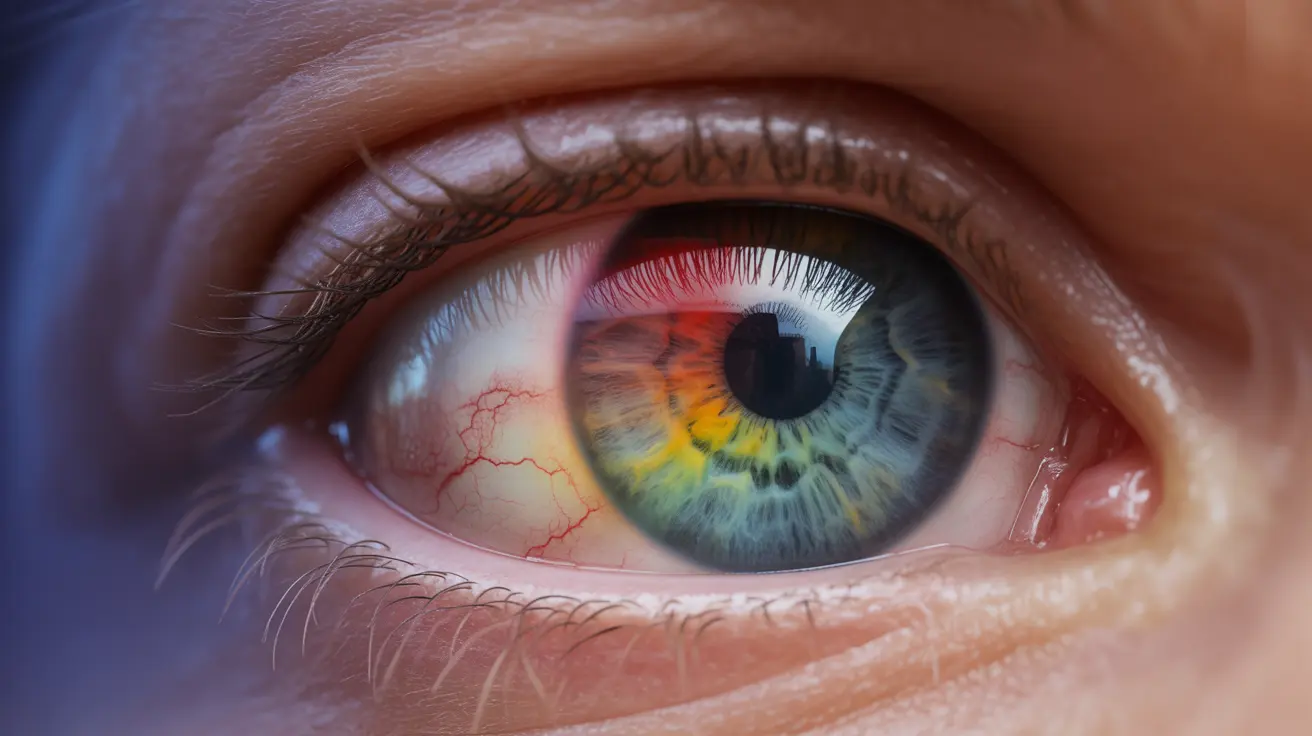The fascinating world of color vision has led scientists to discover that some individuals possess an extraordinary ability to see millions more colors than the average person. This remarkable condition, known as tetrachromacy, requires specific testing methods to confirm its presence. Understanding how tetrachromat testing works can help identify those with this unique visual capability and advance our knowledge of human color perception.
In this comprehensive guide, we'll explore the various methods used to test for tetrachromacy, from professional laboratory assessments to genetic screening, and help you understand the reliability of different testing approaches.
Professional Testing Methods for Tetrachromacy
Professional tetrachromat testing involves sophisticated equipment and controlled laboratory conditions to accurately assess an individual's color discrimination abilities. These tests are designed to detect the presence of four functional cone types in the retina, rather than the typical three found in most people.
The Rayleigh Matching Assessment
The Rayleigh matching task stands as one of the most reliable methods for identifying potential tetrachromats. During this test, participants view two light fields side by side and must adjust one field's color mixture until it perfectly matches the other. Tetrachromats often demonstrate distinct matching patterns that differ from typical color vision results.
Specialized Color Discrimination Tests
Advanced color discrimination tests use carefully calibrated displays to present subtle color variations that only tetrachromats can distinguish. These tests typically involve:
- Identifying minute differences between similar color shades
- Detecting patterns in seemingly uniform color fields
- Matching colors across different lighting conditions
Genetic Testing and Inheritance Patterns
Genetic testing plays a crucial role in confirming tetrachromacy, though it's not sufficient on its own. The condition is linked to specific genetic variations on the X chromosome, which explains its higher prevalence in women.
Why Women Are More Likely to Be Tetrachromats
Women have two X chromosomes, increasing their chances of carrying the genetic variations necessary for tetrachromacy. Men, with only one X chromosome, rarely develop this trait. This genetic foundation makes tetrachromacy predominantly a female phenomenon, though having the genes doesn't guarantee functional tetrachromacy.
Online Testing Limitations
While online tetrachromat tests have become popular, they face significant limitations due to:
- Varying screen calibrations and display qualities
- Inconsistent viewing conditions and lighting
- Inability to control for environmental factors
- Limited color reproduction capabilities of consumer devices
These factors make online tests unreliable for definitively diagnosing tetrachromacy, though they may serve as preliminary screening tools.
Comprehensive Testing Approach
Confirming tetrachromacy typically requires a multi-faceted approach combining:
- Professional color vision testing
- Genetic screening
- Specialized laboratory assessments
- Performance evaluation under controlled conditions
Frequently Asked Questions
What is a tetrachromat test and how does it determine if someone has four types of cone cells for color vision?
A tetrachromat test uses specialized equipment to measure an individual's ability to distinguish between subtle color variations that most people cannot see. It typically involves color matching tasks and sophisticated visual assessments that can detect the presence of a fourth cone type through performance patterns unique to tetrachromats.
How reliable are online tetrachromat tests compared to professional and genetic testing methods?
Online tetrachromat tests are generally unreliable due to uncontrolled variables like screen quality, lighting conditions, and color calibration. Professional laboratory testing combined with genetic screening provides the most accurate assessment of tetrachromacy.
What genetic factors cause tetrachromacy, and why is it more common in women?
Tetrachromacy is caused by genetic variations on the X chromosome that result in an additional type of cone cell. Women are more likely to be tetrachromats because they have two X chromosomes, increasing their chances of carrying the necessary genetic variations.
How does the Rayleigh matching task work in testing for tetrachromacy?
The Rayleigh matching task presents two adjacent light fields, requiring participants to adjust one field's color mixture to match the other. Tetrachromats show distinct matching patterns because their fourth cone type allows them to perceive color combinations differently than those with normal color vision.
Can tetrachromacy be confirmed with just a DNA test, or is specialized equipment and testing required?
While DNA testing can identify genetic markers associated with tetrachromacy, it cannot confirm functional tetrachromacy on its own. Specialized equipment and comprehensive testing are required to verify that the fourth cone type is actually functioning and contributing to enhanced color perception.




